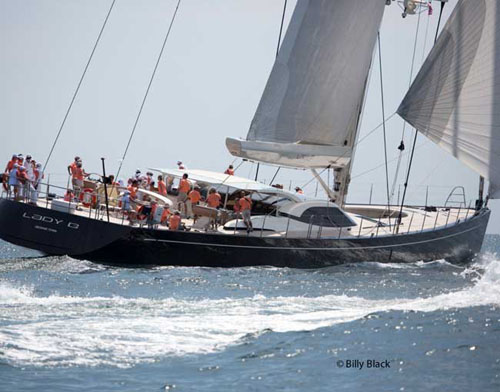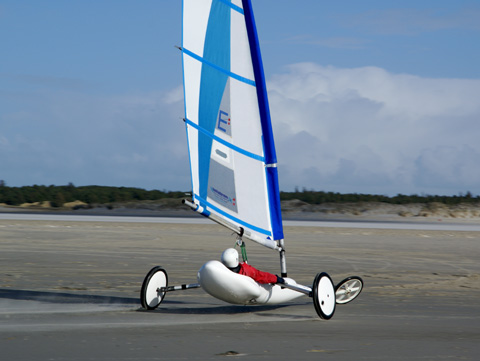Sailing The Open Land On A Sand Yacht


Catamaran sailing is not something you’ll learn on the regular sailing programs, since most navigation practice is carried out on monohulls.
The reason for such measures is the higher difficulty to operate multi-hulls as it is the case with the catamaran. Sailing experience combined with personal enthusiasm will eventually help one sail a catamaran, and enjoy the stability, the speed and the challenge of such a boat.
What are the elements to consider for one who is ready to invest in sailing gear? First of all, gloves and special foot wear like dinghy boots for instance, are first on the list. Then, there is the life jacket and the foul weather sailing gear. The latter includes both pants and jacket that keep off humidity. And last but not least, there are the wet and dry suits that should not miss from the sailor’s wardrobe; they keep you warm even in water or on very cold weather.
The most common mistake people make on their first sailing vacations is to pack way too much. Casual is the word to describe life on an island, so you won’t be needing fancy clothes and all sorts of gadgets. Sailing vessels impose limitations in terms of storage space, and hard-sided luggage are surely not a good idea to take with you.
Go for canvas or duffel bags that can be folded into occupying less room. Small baggage that can be taken with you on the plane also save you the trouble of having to deal with lost luggage when you arrive on the island.
Widely spread in the entire Oceania and Polynesia, catamaran sailing had a great influence on the design of leisure boats with multiple hulls. The power engine represents the options to wind and water current power in catamaran propelling, however the true feeling of the sea is attained by understanding the winds and decoding the message of the waves.
There are many types of sand yachts used for land sailing, and according to their distinct features, such vehicles compete in variety of classes. Thus, the biggest yachts in land sailing competitions are known as Class 2. All of them have very large masts with big sails that lend significant power to the vehicles; yet, the size could be an impediment to reaching high speed.
More popular than Class 2 is Class 3 that is very similar in design, but on a smaller scale. Designed according to high-tech principles, such yachts make land sailing really fast. Usually made of fiberglass, Kevlar and carbon fiber, these vehicles will reach 60 miles per hour during a sand yacht race.




